- Home
- slideshows
- miscellaneous
- Harley-Davidson will be playing in 4 key markets in the future - here they all are
Harley-Davidson will be playing in 4 key markets in the future - here they all are
Harley-Davidson has long been known for its iconic cruiser bikes — large, powerful motorcycles that are designed to take on sprawling American highways.
Harley isn't giving up on big bikes — not by a long shot, given that these expensive machines are highly profitable. But over the past decade, it has been diversifying its lineup.
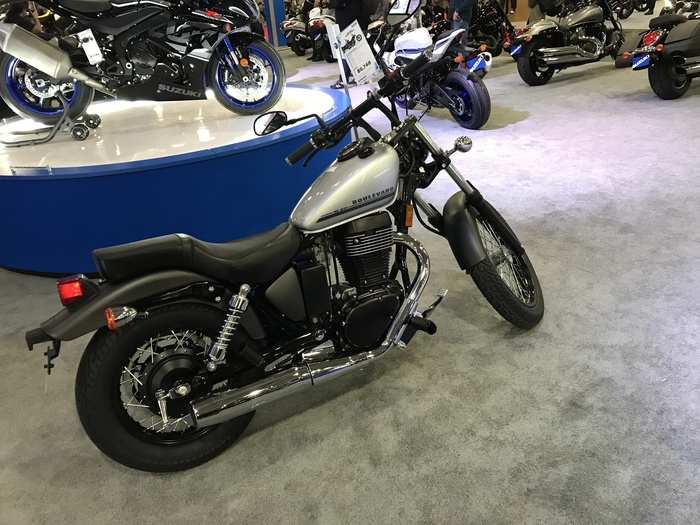
The company is under pressure these days, despite its core business performing well. So CEO Matt Levatich will oversee a new strategy.
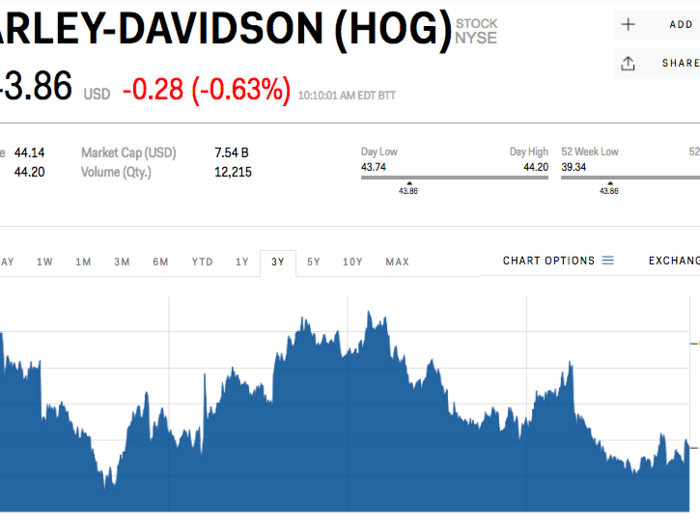
Over a multi-year period, Harley has held its own with the business, but Wall Street has penalized the stock. Despite the motorcycles generating good profits — the gross margin is above 30% — investors are nervous about the customer base getting older and requiring serious money to buy the bikes.
Younger people aren't taking up motorcycles like they used to, and that's led to a long slide in the size of the market in the US, which is already quite competitive. The Harley image of open-road freedom doesn't necessarily dovetail with the enthusiasm of millennials for city living.
Harley doesn't want to get stuck in the past, so it's taking steps now to revamp its business without betraying the loyalist, who after all haven't stopped buying bikes.
Harley has also been attacked by President Donald Trump, who objected to the company's plans to expand production for the European market without increasing output in the US. The reason? Tariffs.
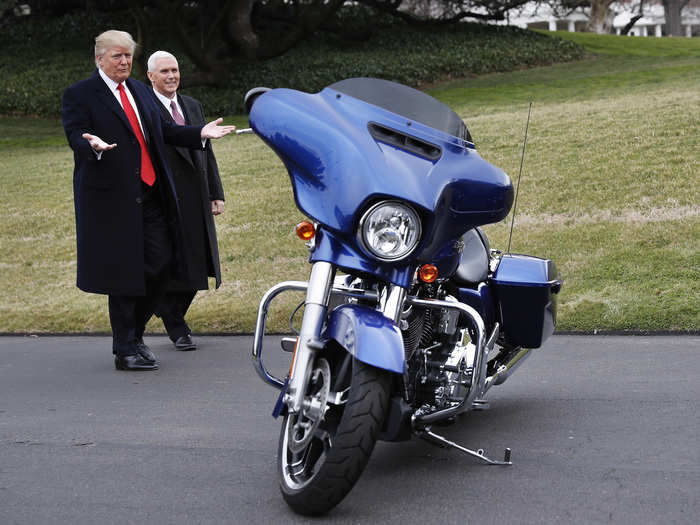
To begin with, the strategy will see Harley will expand its offerings in the all-important US market, with three new motorcycles.
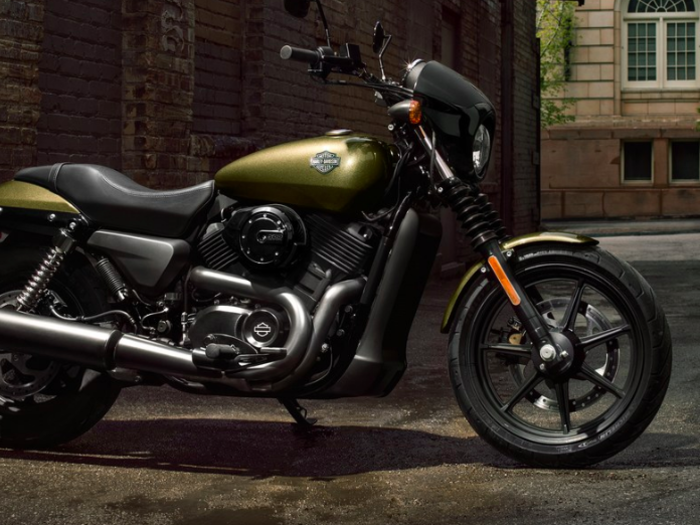
Harley has already been moving down on the displacement front, taking on the likes of Ducati and the Japanese (of course, the battle with the Japanese has been going on the since the 1970s). The Street 500, shown above, is a good example.
In statement to accompany this week's news the company said it now intends to introduce a "modular 500cc-to-1250cc middleweight platform of motorcycles that spans three distinct product spaces and four displacements, starting with the company’s first Adventure Touring motorcycle, the Harley-Davidson Pan America 1250, a 1250cc Custom model and a 975cc Streetfighter model, all of which are planned to launch beginning in 2020."
This platform is all about the US and Europe, from the looks of it.
At the same time, Harley isn't giving up on cruisers. That classic hog experience will be nurtured, a good thing for older, more experienced and — importantly — more affluent riders.
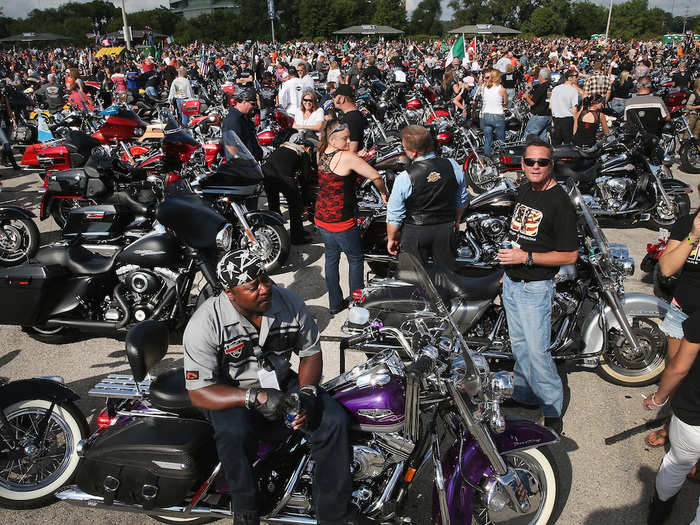
Perhaps the biggest move, however, will focus on Asia and especially India, where the motorcycle market could experience considerable growth in the coming years.
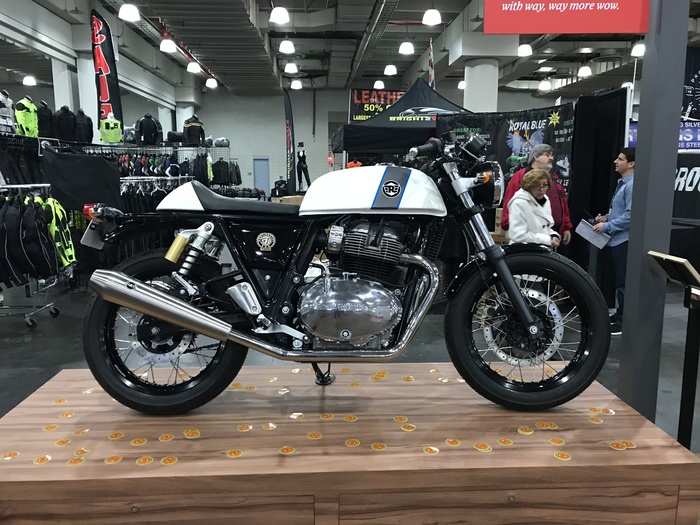
There's just one issue: Harley's big cruiser bikes and even its smaller machines are the wrong fit for Asia.
That market wants smaller-displacement, cheaper motorcycles. Much smaller displacement.
So Harley will develop 250-500cc bikes to sell there, and the company won't go it alone. It intends to partner with a regional company to better capitalize on growth in Asia without undermining its core competency in the US and Europe.
Then there's the electric motorcycle: LiveWire!
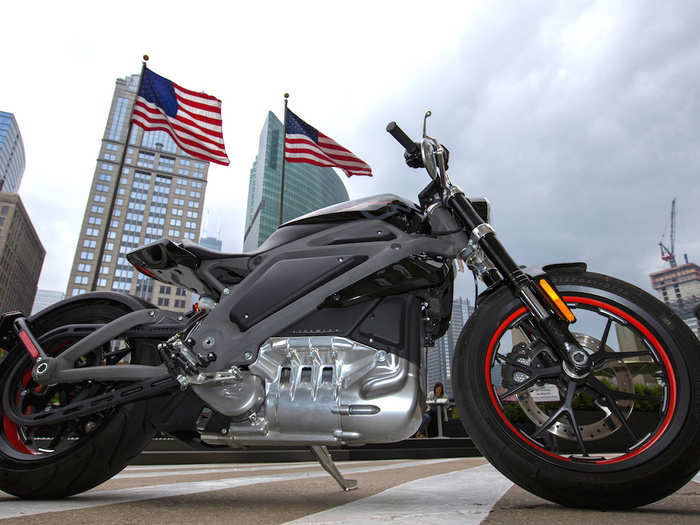
In truth, this is a wildcard. Harley has been teasing an electric motorcycle for years, but now the LiveWire project will become a reality, coming to market in 2019.
Like electric cars, electric motorcycles haven't experienced rapid growth in key markets — the US and Europe. A few brands have gained traction, but the overall market is small.
However, it isn't declining like the gas-powered market. Additionally, electric motorcycles are easier to deal with than their internal-combustion counterparts; they have "twist and go" capability, so a new rider doesn't need to learn how to manage a clutch and shifting gears with a foot.
Ideally, motorcycle certification programs in US states will shift their rules to allow new riders to qualify for extra licensing by learning on electric bikes, taking down a major barrier to entry and at least mitigating the slide in new riders that the industry is confronting.
Electric motorcycles should also be poised for growth in Asia, notably China, where the government is backing electrification.
Popular Right Now
Popular Keywords
Advertisement